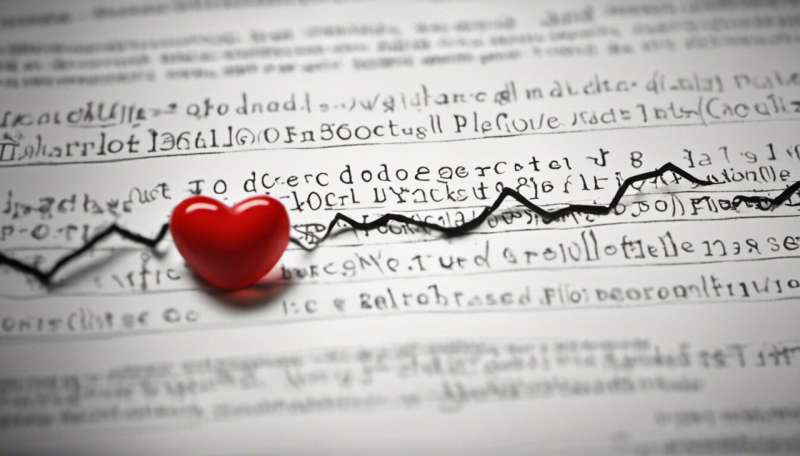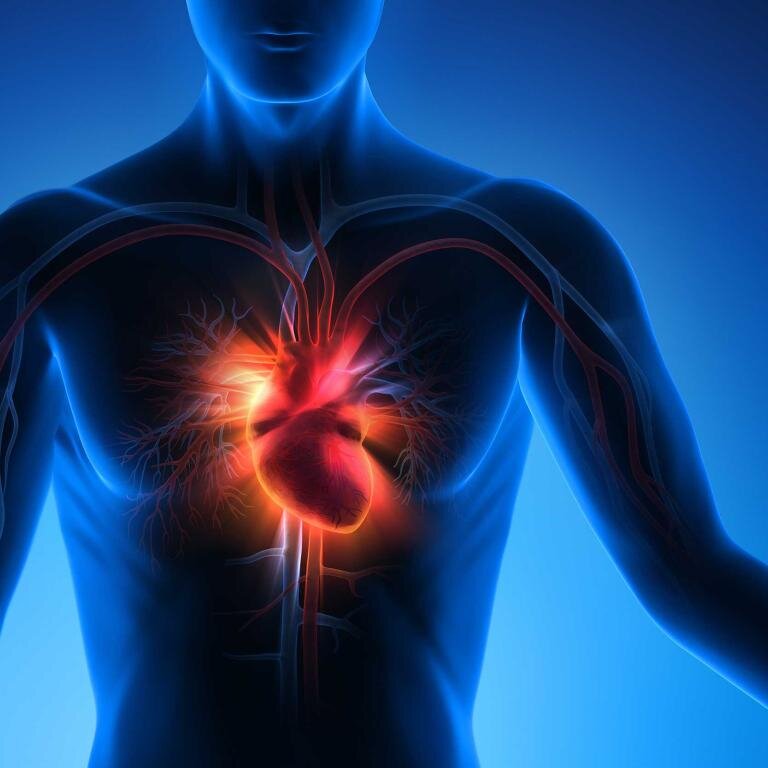
Cardiogenic shock is not a heart attack, but it can be caused by one. The condition can happen suddenly, or it can be the end of a slow decline. One doctor may treat it with medication, while another may choose surgery. Although the fundamental definition of cardiogenic shock is straightforward—it is a condition where heart function becomes so impaired that not enough blood flows to vital organs—how physicians should best respond is complicated, muddled by the unique conditions that send patients into this state.
In a recent issue of the Journal of the American College of Cardiology (JACC), Tufts Medical Center researchers describe a 17-hospital effort to set clear diagnostic criteria for the five stages of cardiogenic shock. Once validated, the findings could allow care teams to better determine treatments and predict prognosis. It builds upon the recently proposed Society for Cardiovascular Angiography and Interventions (SCAI) staging system for cardiogenic shock severity, which rates symptoms from A (at risk), B (beginning), C (classic), D (deteriorating), through E (extreme).
“The stages were proposed, but there was limited real-world application of the staging system, it was just an opinion,” says lead author Navin Kapur, executive director of The CardioVascular Center for Research and Innovation at Tufts Medical Center, a member of TuftsMedicine, and associate professor at Tufts University School of Medicine. “We took the opinion and applied the SCAI stages to 3,500 patients in our registry. It taught us that we had to modify the definitions to make them more practical, because many of the parameters used to define A through E may not be easy to collect and/or required more invasive approaches.”
The work also parsed out that cardiogenic shock mortality was not 40–60% for all cases, as was previously thought, but differed by cause (heart attack is more deadly than heart failure), whether a patient suffered a cardiac arrest outside the hospital or not (52% versus 29% mortality), and whether a person was treated with an increasing number of heart drugs and devices (the more intense the treatment the worse the outcome).
A global working group
Cardiogenic shock affects an estimated 40,000 to 50,000 people in the United States each year, with hundreds of thousands of cases likely worldwide. Patients often present with a weak pulse, low blood pressure, and abnormal heartbeat among other symptoms. The National Heart, Lung, and Blood Institute states that people 75 or older, women, Asian Americans, Pacific Islanders, and those with a history of heart problems, diabetes, or obesity are at increased risk for developing the condition.
Kapur has over 15 years of experience managing cardiogenic shock cases at Tufts Medical Center, a major referral center for such patients throughout New England and beyond. Feeling frustrated with the gaps in knowledge about how to treat people presenting with symptoms, he and his colleagues decided to launch the Cardiogenic Shock Working Group in 2015. This small group of investigators has now evolved into a movement that accumulates information on about 2,000 to 3,000 cases of cardiogenic shock per year.
“The working group began as a grassroots effort here at Tufts, and we very quickly realized the value of pooling our data” says Kapur, who worked with 17 of the member institutions on the JACC study between 2016–2021. “It is now an academic research consortium of 25 hospitals across the United States, with centers in Australia, Germany, and Italy, and we’re also expanding into Japan.”
Kapur says that one of the goals of the Cardiogenic Shock Working Group is to expand into an international registry for patients with the condition and to develop prospective clinical trials and performance goals informed by data derived from the registry. They’ve also partnered with six industry partners, who are helping to apply their technologies, from simple drugs to complex heart pumps, to generate better outcomes for patients.
The working group is led by five steering committee members, including Daniel Burkhoff, a physician-scientist at the Cardiovascular Research Foundation specializing in heart pump support; Arthur Garan, an advanced heart failure expert at Beth Israel Deaconess Medical Center; Manreet Kanwar, an advanced heart failure expert at Cardiovascular Institute at Allegheny General Hospital; Shashank Sinha, an advanced heart failure and critical care physician at Inova Heart and Vascular Institute; and Jaime Hernandez-Montfort, an advanced heart failure physician at Baylor Scott and White Health. Close to 15 Tufts community partners are also actively involved in the effort, such as cardiac intensivists Haval Chweich and Anthony Faugno.
Putting the data to work
For each patient registered in the Cardiogenic Shock Working Group registry, member institutions are asked to collect close to 2,000 variables—everything from blood pressure to liver enzyme levels. This amount of detail is making it possible to understand how to properly categorize each stage of cardiogenic shock. For instance, a patient beginning to develop shock may have normal blood pressure but a reduced amount of blood flow. This same patient would have been seen as in a less dangerous state before this work.
“If we see a patient make the definition for B, it should raise a red flag that they need to be monitored very carefully and perhaps have therapeutic intervention sooner rather and later, so they don’t become a C, D or E,” says Kapur. “One of the reasons why we think that one out of two patients are dying is because they’re not getting identified earlier, so the therapies are being applied very late. We’d like to do that preemptively and that’s where the definition is coming into play as we’re hoping that changing the syntax of cardiogenic shock will allow us to get to better outcomes for patients.”
Source: Read Full Article
